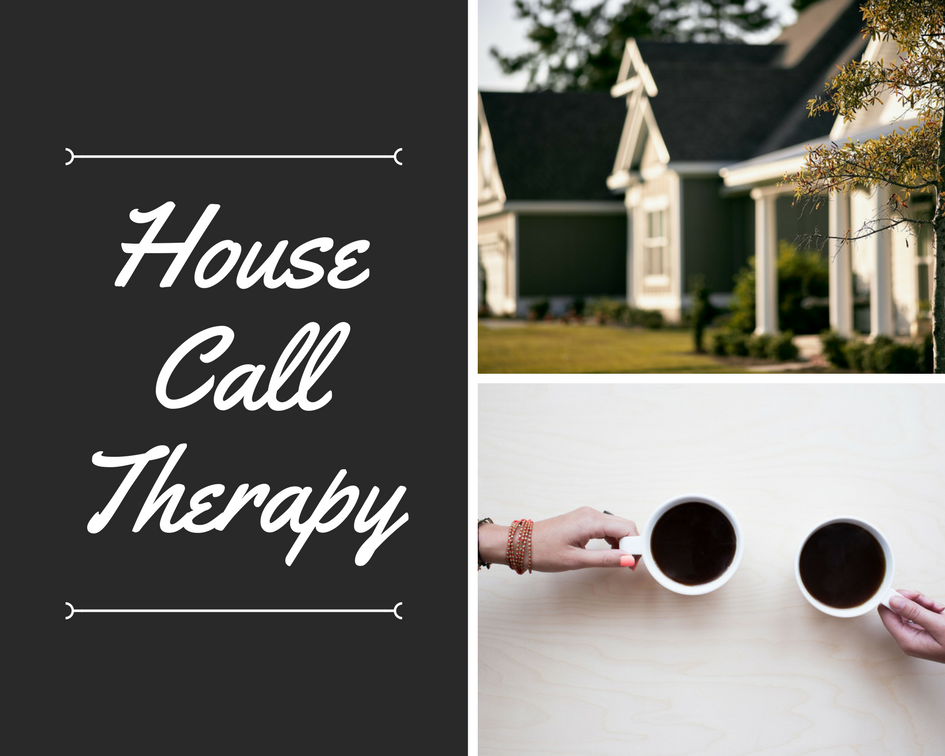Written By Audrey Raden, LCPC Therapist at Attention to Wellness

Home visits are an increasing option in therapy. Not all therapists offer it, but some do. Sometimes it is a temporary part of treatment, sometimes an occasional add-on, and sometimes it’s the primary arrangement. How is that decided, and is it right for you?
There are a number of reasons a person might seek out this option. Firstly, there might be clinical reasons. That is, whatever is bringing someone to therapy in the first place might make home treatment make sense. For example, after having a baby, a new mom is overwhelmed, exhausted, and perhaps so depressed or anxious that the thought of going anywhere is just too overwhelming. I personally can’t stand the thought of that getting in the way of someone getting help, which is why I offer home therapy in my practice. In that case, we would work together to help her feel less overwhelmed and more able to eventually get out of the house. Another example of a clinical reason might be working on something we can’t work on in the office, like a fear of driving or social situations. (Don’t worry, we don’t immediately get behind the wheel or go into a crowd, we take things as slowly as you can handle them and only take steps you’re ready to take.)
Another reason people seek in-home therapy is for medical reasons: being on bedrest while pregnant or after childbirth, having a disability that makes it hard to come to the office, or perhaps an injury. Having a medical condition in addition to a mental health concern is distressing enough; to not have access to help is an insult. Home visits can help. For clinical and medical reasons, some insurance plans may cover home visits.
Finally, for some people, home visits are a concierge service offered for people who are simply very busy or prefer to be seen in the comfort of their home, rather than an office. Another pleasant option is walk-and-talk therapy, which is just like it sounds. We take a nice walk outside instead of sitting inside during therapy. Some say the movement during this activity can help to boost mood and increase motivation, others say it can be meditative and relaxing. For some, the side-by-side nature of walking together feels less intense than talking face-to-face.
What to expect
First off, please don’t worry about cleaning up. The last thing a therapist wants to do is to cause stress for you. You don’t have to impress us with your home. That’s not what this is about. And in my case, my house is probably worse than yours, trust me. Just make sure there’s enough space for us both to sit comfortably.
Speaking of space, try to set up a mini-office space for us. Since the therapist can’t control the privacy factor in your home like in the office, it’s up to you to help out. If there’s a separate room where we can talk, away from the interruption of pets, family, and neighbors, that’s best. For new moms, it’s understandable to have Baby with you. For the older kids, try to have someone watch them, so we can talk undisturbed.
Lastly, remember that it’s still therapy. Having a therapist in your home can feel very different than going to their office. It can blur the lines of the relationship if professional boundaries aren’t kept.
If you think home-based therapy might be right for you or someone you know, ask your therapist about it, or contact me for a free 15-minute phone consultation. Don’t let not being able to come in stop you from getting the help you deserve.


Add Comment